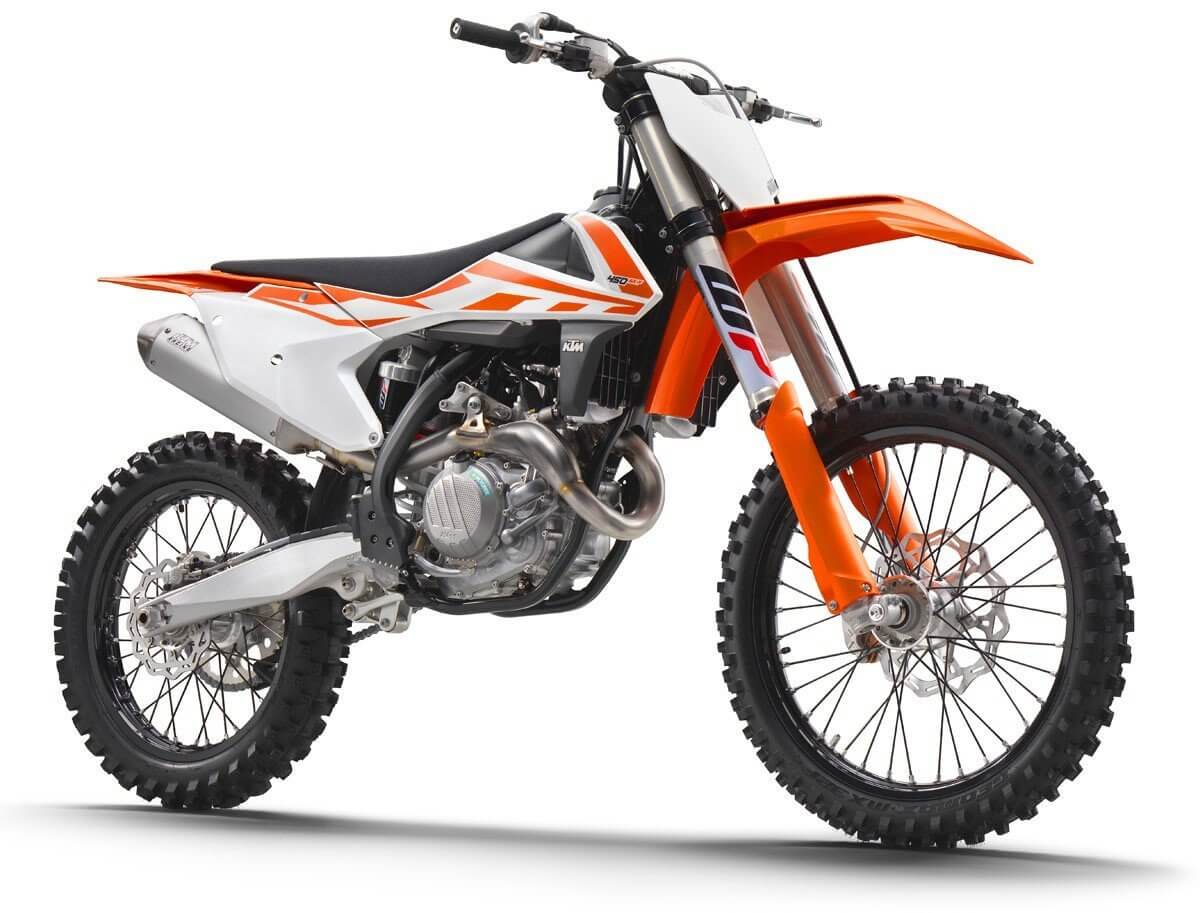The Wonderful World of Motorcycles Part III

I’ve covered “on road” bikes in the past two parts, so it’s time we move on to the types of off-road motorcycles. There may exist a few “crossovers” but I shall concentrate on which purpose is emphasised.
Motocross/Supercross
Occupying the top of the off-road food chain, these motorcycles are akin to the level of sportbikes, although they are not as technologically packed.
These motorcycles are designed to win races in closed courses, consequently they are the most powerful, lightest and compact among off-roaders. The top 450cc models typically produce 70 bhp and weigh just over 100 kg.
Progress moves along at a hectic pace for this segment. These bikes were once steel-framed, but have been using aluminium frames for some time now. Suspension tech, although still not electronic, are so well engineered that most advanced riders only had to fine tune the stock items. Virtually all 4-strokers are electronically fuel injected and electric starters are replacing kickstarters altogether. There are also models that feature Traction Control (TC) and Launch Control (LC) emerge in the last couple of years.
MX/SX bikes cover a huge range of engine capacities, from the mini 50cc “peewees” all the way to the 450cc four-stroke berm-busters used in top-level racing. There are both 2-strokes and 4-strokes, although 2-strokes have been banned in the United States.
Differentiating an MX/SX bike is easy: they are devoid of lighting and signalling equipment and look so lithe they are almost skeletal.
Examples both 2- and 4-stokes are the Kawasaki KX/KX-F , KTM SX/SX-F, Honda CRF-R, Husqvarna TC/FC, Yamaha YZ/YZ-F, Suzuki RM-Z ranges.
 Husqvarna FC
Husqvarna FC
Enduro
As the name suggests, an enduro event is designed as a test of endurance.
So although enduro motorcycles are based on motocrossers, they are reworked for longer distances.
The power response of enduros is not as hard-hitting as that of motocrossers, making them perfect machines for travelling through the jungles hence also being known as “jungle commuters”.
As such, enduro racing events usually feature “tracks” from one point to another, through terrain that are rougher and tougher than for motocross racing – whereas the latter features specially prepared jumps, whoops and berms, enduro races usually track through tough natural obstacles such as tree roots, boulders, rivers, and so forth.
Enduro motorcycles are fitted with headlamps, taillamps, signal lights, number plate holders and speedometers, making them street legal. Their radiators also have cooling fans.
Examples are the KTM EXC/EXC-F range, Honda CRF-RX, Husqvarna FE and TE ranges, Yamaha WR-F, etc.
Yamaha WR250F
Rally
These bikes are truly the offshoots of bikes that are built to race in long-distance off-road events, usually in the desert, such as the gruelling Baja Rally and Dakar Rally.
Depending on the manufacturer, these bikes could be purpose-built or modified from existing enduro models, and some find their way to customers as replicas.
A rally bike is easy to spot: It’s larger than an enduro due to having more bodywork up front which covers the extra large fuel tank. They also feature bigger engine capacities from 450cc to 750cc.
 KTM 450 Rally
KTM 450 Rally
Trials
Trials riding is a specialized form of off-road sport, emphasizing on control, precision and balancing skills. The riders need to climb over impossibly steep rock faces, humungous boulders, or whichever sadistic obstacle the organizer thinks of.
As such a trials motorcycle is very small and light, looking much like a hopped up mountain bike (bicycle) with an engine stuffed into the frame. But since the rider has to stand up most of the time, there is no real seat.
Crisp throttle response is favoured over outright power and speed, thus the engines are on the small side, from 125cc to 300cc, usually 2-strokes.
Among the most popular makes are Beta, GasGas, Montesa (now under Honda), OSSA, Scorpa and Sherco.
 Montessa Honda
Montessa Honda
Supermoto
Supermoto racing is more popular than ever, but trying to describe the bikes will not be complete without delving into the history of the sport.
Back in the 80’s the CBS Wide of Sports TV program posed the question: Who is the best motorcycle racer in the land. Each form of motorcycle racing, i.e. road racing, motorcross, flat track has its own champion but how would they match up if they raced in another form? Who would be the best overall rider?
The solution was a sport called, “Superbikers” which combined the three disciplines of road racing, motocross and flat track.
Many had joined those races, including the great Eddie Lawson.
Unfortunately, good things had to come to an end. CBS cancelled Wide World of Sports and hence Superbikers.
But the spirit of Superbikers was then exported to Europe, where it became supermotard, before being known as supermoto now.
Supermoto motorcycles are usually modified by teams and riders from motocrossers for more road racing bias. That means replacing the stock forks and shock absorber with shorter ones that use “heavier” springs; and 16, 16.5 or 17-inch road racing rims and tyres; among other things.
Manufacturers are starting to offer ready-built supermotos for both competition and the general public, with the rise in the sport’s popularity and easy handling of these bikes on the road. And oh, they’re super fun to ride too!
 Yamaha YZ450F
Yamaha YZ450F